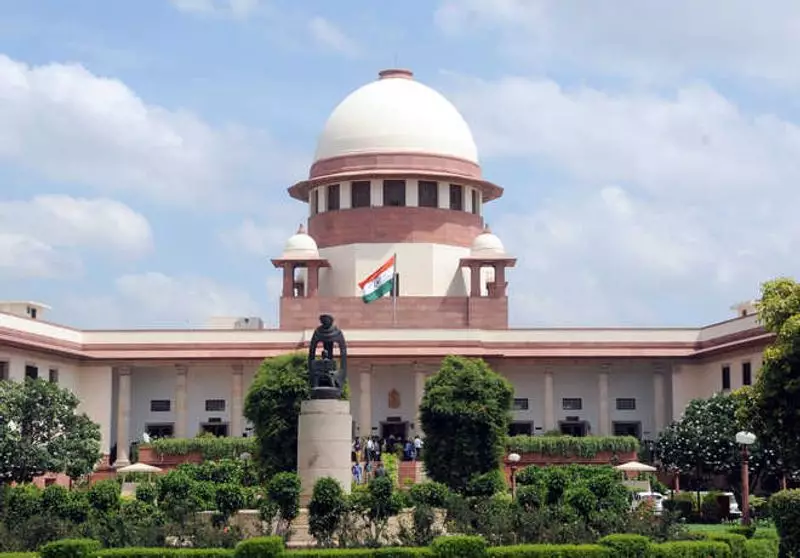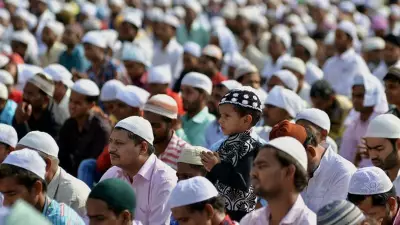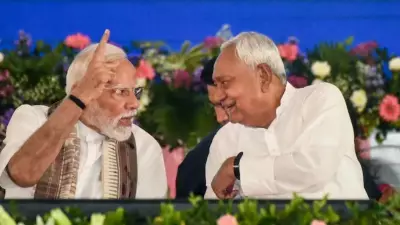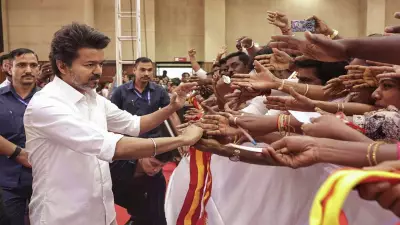
The Delhi Police has made a startling revelation before the Supreme Court, alleging that the anti-CAA protests and subsequent 2020 Delhi riots were part of a larger conspiracy aimed at regime change in India, following patterns observed in neighboring countries like Bangladesh and Nepal.
Police Allegations in Supreme Court
In a significant development, the Delhi Police informed the Supreme Court that the violence that rocked northeast Delhi in February 2020 was not spontaneous but part of a calculated plan to destabilize the government. The police submitted this claim while opposing bail petitions filed by several activists accused in the riots cases.
The law enforcement agency specifically pointed to similarities with political strategies employed in Bangladesh and Nepal, where protest movements have led to significant political changes. According to police submissions, the anti-Citizenship Amendment Act protests were weaponized to create widespread unrest with the ultimate objective of forcing a change in government.
Legal Proceedings and Evidence
The Delhi Police presented their case before a Supreme Court bench comprising Justice Sanjiv Khanna and Justice Dipankar Datta. During the hearing, the police emphasized that the protest organizers had systematically mobilized crowds and orchestrated violence that resulted in 53 deaths and extensive property damage.
Police documents submitted to the court alleged that the accused individuals were part of a larger conspiracy that went beyond simple protest organization. The authorities claimed to have evidence showing coordinated efforts to create law and order situations that would undermine the elected government's stability.
Broader Implications and Context
This police submission marks one of the most explicit official statements linking the Delhi riots to alleged regime change attempts. The reference to Bangladesh and Nepal suggests that investigators believe the protest strategies mirrored those used in successful political movements in neighboring countries.
The anti-CAA protests had gained momentum across India in late 2019 and early 2020, with the northeast Delhi riots representing one of the most violent episodes. The police now claim that what appeared to be spontaneous violence was actually part of a carefully orchestrated political strategy.
Legal experts suggest these allegations could have significant implications for how protest movements are perceived and investigated in India. The Supreme Court's eventual ruling on these matters is likely to set important precedents regarding the balance between right to protest and national security concerns.
The case continues to unfold in the Supreme Court, with further hearings expected to examine the evidence supporting these serious allegations against the accused activists and protest organizers.





